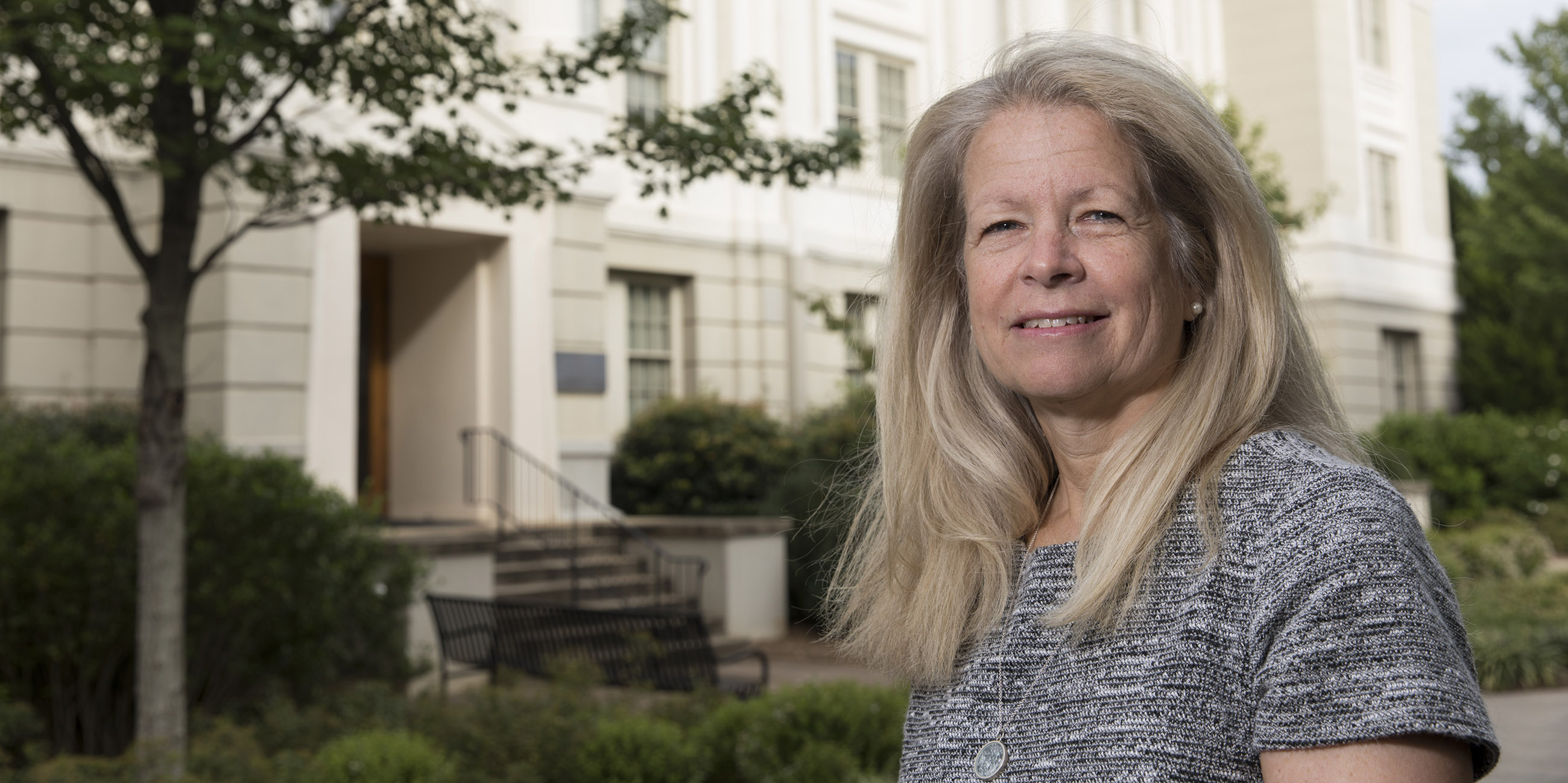By: Shelby Steuart
Over the course of his presidency, Obama appointed 55 appellate judges, 35 of whom were women and/or people of color, making the US Court of Appeals the most diverse it has ever been. As a judicial diversity scholar, political science professor Dr. Susan Haire, along with three colleagues, applied for a grant from the National Science Foundation (NSF) to analyze the effect of increased diversity on courts. This grant allows Haire and her team to comb through data on judges and their opinions from each appeals court from 2009 to 2016, adding to an existing database of judicial opinions on cases that date back to the 1920s.
UGA connections run deep in this team, consisting of Drs. John Szmer (UNC Charlotte), Laura Moyer (University of Louisville), and Rob Christensen (BYU). Both Moyer, who specializes in judicial diversity and collegiality, and Szmer, who specializes in judicial process and diversity, were Haire’s former graduate students at UGA. Christensen, who specializes in public management and law, met Haire while he was a faculty member in the department of public administration and policy at UGA.
In March 2017, the team started collecting data with NSF support. Over the next two years, Haire, Moyer, Szmer, and Christensen assembled data on thousands of cases, including the opinion text and subsequent citations to those opinions. They are studying the gender and race of the judges, the tone (of both audio recordings and written statements using text analysis software), and the content of the opinions. In fall 2018, they presented preliminary findings showing that non-traditional judges (women and/or minorities) write significantly different opinions than their white, male counterparts.
Haire explains, “Opinions written by non-traditional judges were 15 percent longer. They were also more likely to ground their opinions in case law…relying more frequently on what we describe to be ‘strong cites’ (where they quote from an existing precedent) when compared to opinions authored by white male judges.” Moyer added that they hypothesize this is happening because judges from non-traditional backgrounds may feel they have more to prove.
Although Moyer mentioned writing much longer and more in-depth opinions could potentially have a negative effect by leading to faster burnout for the judges, she also revealed an unintended positive effect. “Writing thorough, well-written opinions increases the likelihood that those opinions could be referenced and cited in future cases.” This indicates that the opinions written by female and non-white judges may be referenced more in the future, and thus, may craft the next wave of cited case law, setting a disproportionately high amount of precedence for the future. Moyer also explained that having more judges who write thorough opinions grounded in case law could also potentially change the norms and lead to all judges improving the quality of their opinions.
While the original timeframe of the grant is now ending, the team is expected to have the grant extended by six months to a year to explore new data on oral arguments. The team is proposing to examine patterns of interruption, to see if female judges are interrupted more than male judges, as well as to analyze their results in the context of imposter syndrome, a psychological pattern where individuals doubt their accomplishments and fear they don’t deserve the position they have. Once the data set is complete, it will be available online, free of cost.






